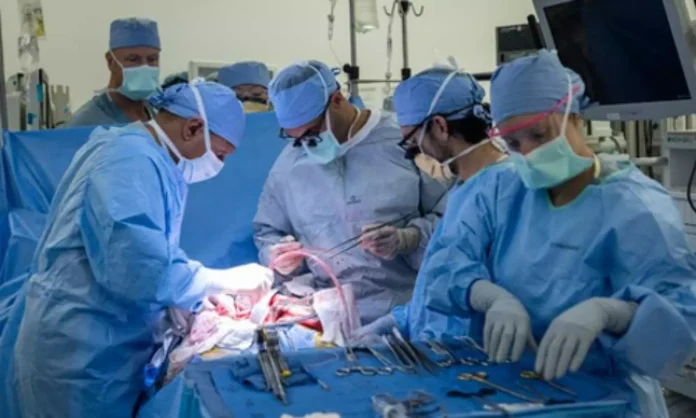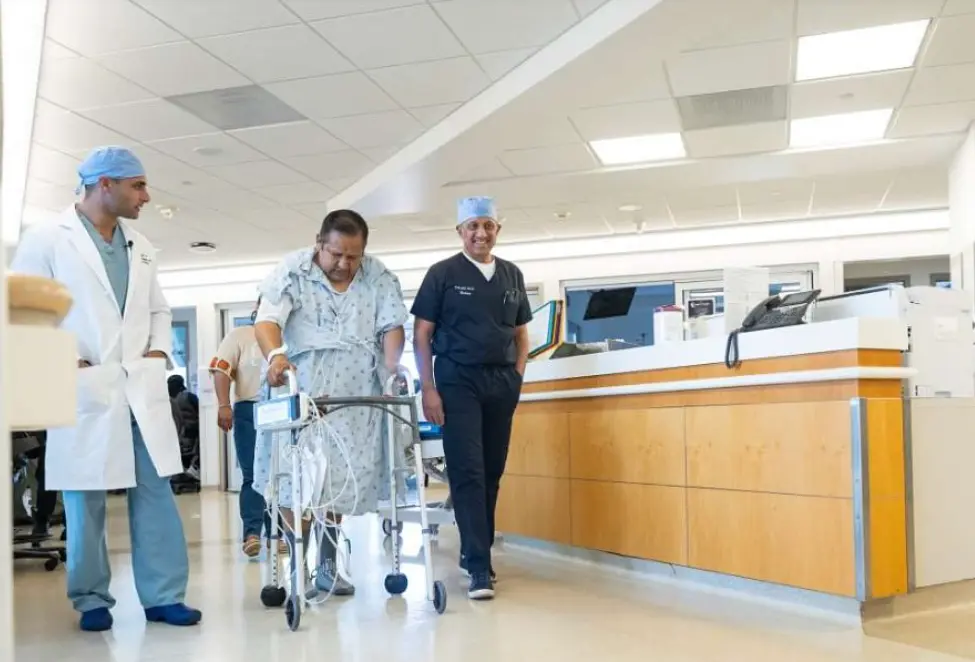In a first for medicine, surgeons in California have given a bladder transplant to a patient, providing hope to those with serious bladder problems.
The First in the History of Transplant Surgery
Doctors at Ronald Reagan UCLA Medical Center performed a bladder transplant on 41-year-old Oscar Larrainzar on May 4, 2025, as his bladder had been removed by cancer. During the eight-hour procedure, doctors Nima Nassiri of UCLA and Inderbir Gill from the University of Southern California performed a kidney transplant as well.
For four years, researchers investigated, tested on animals and deceased people and developed new ways to operate on the challenging network of blood vessels found in the pelvic region.
The Emergence of New Methods in Urology
Previously, it had not been possible to transplant a bladder in humans because of its complicated blood supply and the difficulties involved with joining it to the urinary system. Doctors often use a segment of the patient’s intestine to create a new urinary reservoir and this method can cause infections as well as digestive troubles.
Bladder transplantation has made significant progress in urology and may now supply a new option for people with severe bladder concerns.
What we experienced right away and what we might expect going forward
After the surgery, Larrainzar saw his kidneys start to work again. Urine now drained into the new bladder, so he didn’t require dialysis.
It is too soon to say how successful bladder transplants will be, but this recent advancement allows for further bladder transplants and adds to recent developments in other transplants such as those of the womb and pediatric hearts.



